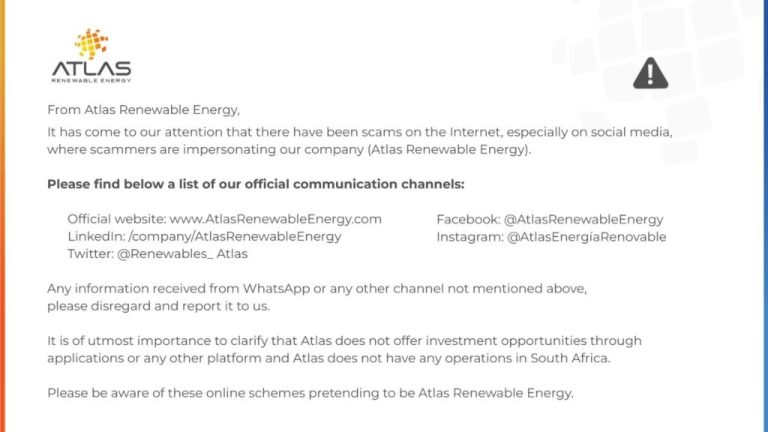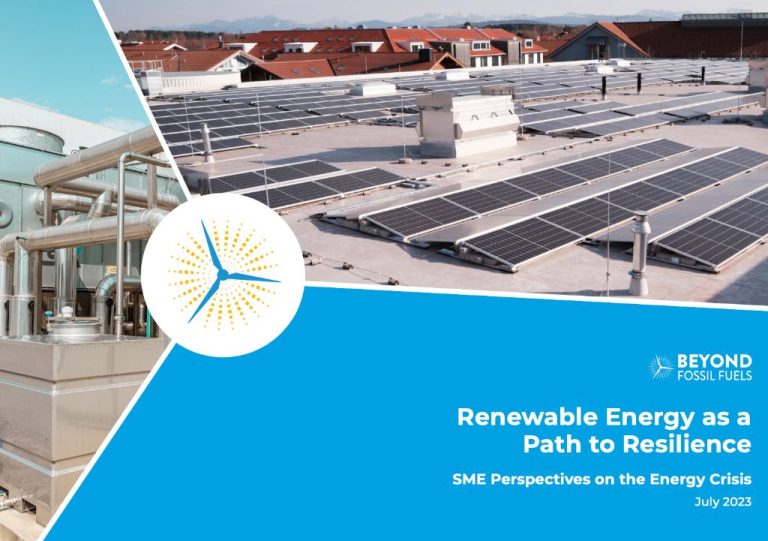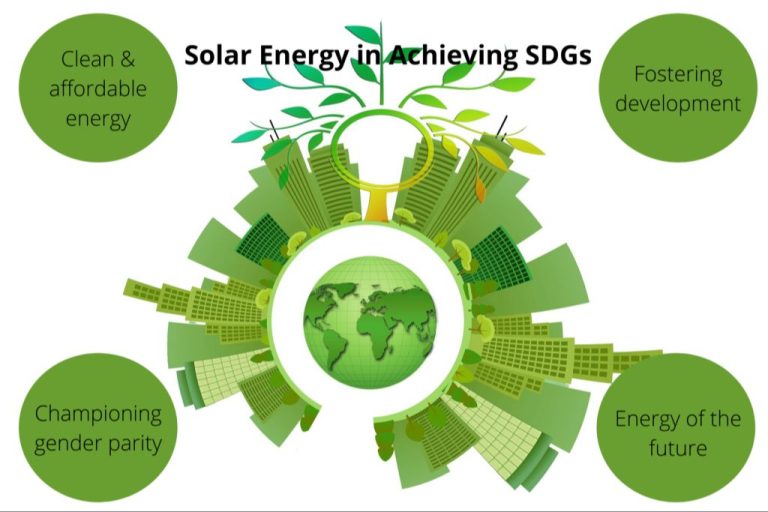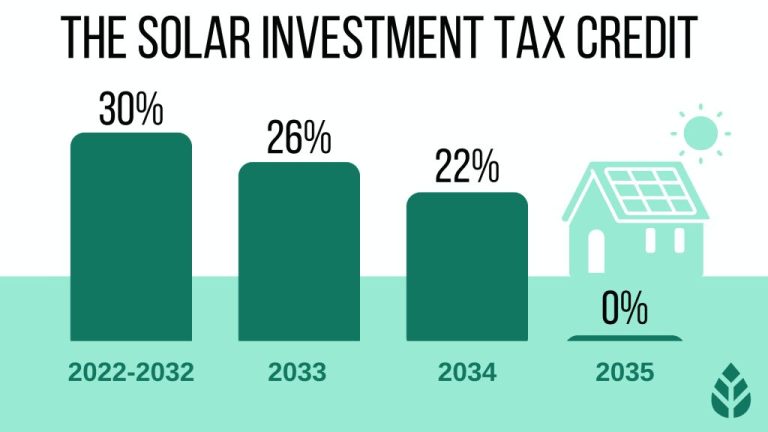Empowering Communities With Solar Energy: Initiatives And Impact
Solar energy has emerged as a powerful tool for empowering communities around the world. As the costs of solar technology continue to fall, renewable energy is becoming more accessible and affordable. Communities are harnessing the power of the sun to reduce electricity bills, create jobs, gain energy independence, and promote environmental justice.
Rooftop solar panels and community solar farms allow neighborhoods and towns to generate their own renewable electricity. This local power production reduces reliance on the traditional electric grid and outside utility companies. Solar energy’s modular nature means it can be scaled to meet the specific needs of a community. Moreover, community-oriented solar projects create local jobs in installation, maintenance and more.
This article will explore the promise of solar energy to empower communities. We’ll look at inspiring case studies, examine key benefits, and discuss challenges that must be addressed. With smart policies and community buy-in, solar power can transform neighborhoods by providing clean energy access and economic opportunity.
Benefits of Community Solar
Community solar provides numerous benefits by harnessing the power of the sun. As a clean, renewable energy source, solar energy helps reduce reliance on fossil fuels, lower carbon emissions, and improve local air quality. Homes and businesses connected to community solar benefit from lower electricity costs, stabilized energy prices, and the ability to support clean energy without installing rooftop panels. Additional benefits of community solar projects include:
-
Financial Savings – Community solar allows utility customers to save 10-15% on their electricity bill by subscribing to a portion of a shared solar array.
-
Job Creation – Constructing community solar farms creates local jobs in solar installation, maintenance, customer acquisition, and other roles.
-
Energy Independence – Locally produced solar energy from community projects reduces dependence on imported fossil fuels.
-
Environmental Justice – Underserved communities can access clean energy through community solar, improving environmental and health equity.
Financial Savings
One of the biggest benefits of community solar is the financial savings it can provide households and businesses. By tapping into a shared solar energy system, community members can lower their utility bills and energy costs. Many community solar programs allow participants to subscribe to a portion of a solar installation and receive credits on their electricity bills based on how much power their share produces. This enables them to enjoy the financial advantages of solar power without having to install and maintain panels on their own property.
The bill credits from community solar typically lead to 10-20% savings for the average subscriber. Some programs are designed so the credit amount is guaranteed to be slightly lower than the regular utility rate, ensuring savings. For low and moderate income households struggling with energy burdens, joining a community solar project can provide meaningful relief on monthly bills.
Businesses can also utilize community solar to stabilize and reduce their energy expenses. The predictable solar bill credit acts as a hedge against utility rate hikes. The long-term savings from sourcing solar power allows companies to better plan their budgets and reinvest the extra capital into their operations and workforce.
With no upfront investment required to participate, community solar makes the money-saving advantages of solar energy accessible to a wider cross-section of ratepayers. The shared nature of the model delivers economies of scale that can be passed along to create positive financial impacts for the entire community.
Job Creation
The growth of community solar projects has created numerous jobs in solar panel installation and ongoing maintenance. Community solar farms require teams of workers to install solar arrays across large tracts of land. Solar panels also need regular cleaning and upkeep to maintain optimal efficiency, providing steady local employment. According to the Solar Foundation’s National Solar Jobs Census, over 250,000 Americans work in solar – a number that is projected to continue rising. Many solar jobs are accessible to those without advanced degrees or specialized training. Community solar projects partner with local organizations to provide solar job training and recruit employees from within the community. This creates opportunities for historically marginalized and underserved groups to gain skills and livelihoods in the green energy sector.
Energy Independence
Community solar projects allow communities to generate their own renewable energy locally. This reduces reliance on fossil fuels and the large utility companies that control them. With community solar, neighborhoods can become more energy independent and self-sustaining. They no longer need to depend on external sources of power that are subject to price hikes and blackouts. Community solar gives control back to the people.
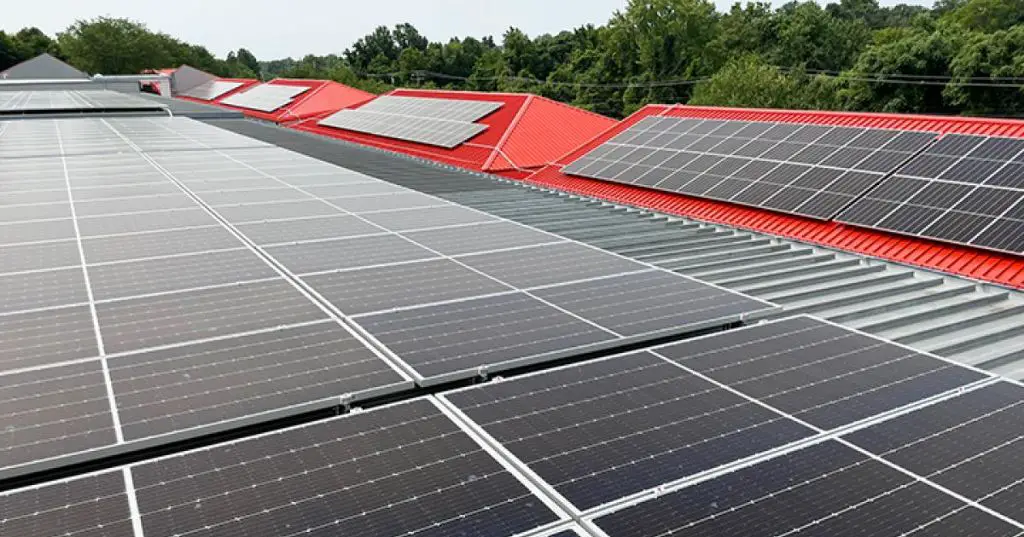
Generating solar power locally also builds resilience. Communities with local clean energy are better equipped to deal with emergencies and disasters. If the power grid goes down, a community solar installation can provide backup power to critical facilities like hospitals, fire stations, and community shelters. Having access to electricity during outages literally saves lives. Community solar makes neighborhoods safer and more resilient.
Environmental Justice
One of the most compelling benefits of community solar is increasing clean energy access for low income areas. Historically, these communities have lacked access to technologies like rooftop solar. Community solar opens the door for participation. By subscribing to a portion of a shared solar array, households can access solar savings without installing panels on their own properties. This makes solar energy affordable and accessible for all.
Community solar particularly benefits communities of color. These neighborhoods are disproportionately affected by pollution from fossil fuel power plants. Shared solar allows them to tap into clean energy instead. Community solar has been praised as a powerful solution for environmental justice and equity.
One inspiring example is the Falcon Heights Community Solar Garden in Minnesota. Located near areas with sizable Black, Indigenous, and lower-income populations, it allows 150 households to subscribe to clean solar power. Many would not have this option otherwise. The garden was intentionally sited in a marginalized community to promote solar access. Projects like this demonstrate how community solar can empower communities and reduce energy inequality.
Case Studies
Community solar projects have been implemented successfully across the United States, providing renewable energy access and financial savings to households, businesses, nonprofits, and government entities. Here are some examples of impactful community solar projects:
Solar for All NOLA – New Orleans, LA
This community solar project launched in 2017 provides the benefits of solar power to low-income households and nonprofits in New Orleans. Over 100 households have enrolled to receive credits on their electricity bills, saving each participant 20-30% on their monthly utility costs. The program continues to expand, with a goal of 400 low-income subscribers by 2022.
Maryland Community Solar – Multiple sites, MD
The state of Maryland has supported several community solar projects through legislation enabling community solar subscriptions. Neighborhood Sun provides solar to over 2,000 subscribers across two sites. Other community solar farms across the state serve both residential and commercial subscribers.
Dene Native Community Solar – Dennehotso, AZ
An 84-kilowatt community solar array provides renewable energy to over 40 Navajo homes in a remote, off-grid chapter in Arizona. Launched in 2019, the project provides electricity access and financial savings to families in the community.
Challenges
While community solar provides many benefits, there are some challenges that need to be addressed. One major obstacle is the upfront costs required to install a community solar system. The panels, inverters, and other hardware can be expensive initially. Many communities seeking to implement community solar struggle to find the capital required.
Bureaucratic red tape can also hinder the process. There are often complex regulations and policies around grid interconnection and net metering that community solar projects must navigate. The application and approval process can be lengthy and complicated, requiring legal expertise.
Additionally, lack of community awareness remains a barrier. Since community solar is still relatively new, many people are unaware of this model or don’t fully understand how it works. Effective outreach and education are needed so community members recognize the benefits and opportunities of shared solar projects.
Overcoming Challenges
While community solar projects face daunting challenges, innovative solutions are helping drive adoption. Creative financing models allow interested households to participate regardless of income or credit status. Advocacy efforts have successfully simplified complex regulations in many areas. Further, education initiatives teach communities how to reap the benefits of solar power.
One creative solution is community-funded solar electric systems. Local investors collectively fund solar installations, then share the returns over time. This democratizes access to clean energy. Additionally, pay-as-you-go plans allow households to pay smaller, affordable amounts from their monthly energy savings.
Advocacy groups have worked with utilities and legislators to relax onerous restrictions on community solar in many states. Simplifying the interconnection process and allowing shared solar credits makes development easier. Policy reforms have unlocked community solar’s potential nationwide.
Lastly, community solar relies on education. Workshops teach interested households everything from siting and operations to financing and policy. Outreach campaigns showcase benefits and success stories. An informed public is key for community solar to reach full potential.
Conclusion
Community solar initiatives are an exciting development that can deliver many benefits to local communities. As discussed, these projects enable greater access to renewable energy through shared solar installations and financially empower households through reduced electricity costs. They also spur job growth, foster energy independence at the local level, and promote environmental justice.
While community solar faces challenges like financing and regulatory hurdles, many cities and towns have found innovative ways to overcome these obstacles. With smart policies, creative partnerships, and community buy-in, locally-owned solar continues to expand across North America.
Looking ahead, community solar still has abundant unrealized potential to scale and deliver positive impacts. With the right strategies, these community-centric projects can become an integral part of our energy future and provide clean, affordable power to millions more households.



